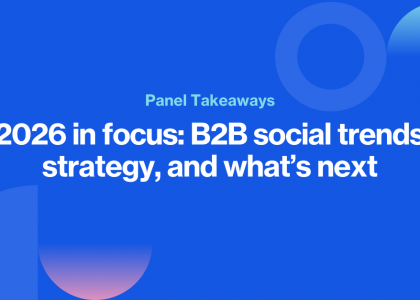Culture is: “People like us do things like this.”
We might even have a chance to choose our group. Hipsters do this, hippies do that. People in this town wear this outfit, students at this school hang out here on Saturdays…
We might be born into a culture. Less agency, but just as much identity.
There’s a built-in status quo here. Most groups want stability and the peace of mind that comes from being in sync. That’s why we join a group in the first place.
Of course, every culture also has neophiliacs, folks that find status and affiliation in embracing the new. They are most comfortable with novelty, not tradition.
Ideas spread from the ones who embrace the new to the folks who want to stay in sync.
But some cultures change more quickly than others. Some stagnate, others accelerate.
When change happens too fast, the culture gets stressed.
One factor in the speed of cultural change is the control of the media and distribution.
In an authoritarian environment, gatekeepers and censorship ensure that the culture changes very slowly. This includes most scientific journals, large organizations and spectrum-limited forms of media. This is a country with state-controlled media, but it’s also a community where the people who are most fearful of change also have power.
If there are only a few TV channels or radio stations, the programmers are going to become conservative, because they don’t want to lose market share. If the cost of being seen as too edgy is perceived as very high, the gatekeepers will stay in the center.
The Billboard Top 40 and pop music exists because a jukebox couldn’t hold every record, and radio stations didn’t want to risk losing a listener who wanted to hear what everyone else was listening to.
The other factor is the algorithm. How is attention parceled out?
You can probably see where this is heading.
The newspaper and the radio station determined the algorithm. A few surprising items, but mostly, the center.
And then social media arrived. And they intentionally turned the algorithm inside out.
They tweak what gets promoted and spread based on what is likely to grab our attention, to play with our emotions, to generate outrage or surprise. They do this without regard for truth or the stress that the idea might cause. They simply want to drive short-term attention.
The fringe. That’s where outrage and fear and novelty live.
And so creators of content responded. They discovered that in order to get the attention they craved, they had to run from the center and toward the edges. Even if they didn’t believe in what they were saying, or especially then.
The fringe, amplified, stops being the fringe.
So the next wave of fringe must be even fringier.
This is a fundamental shift in the world as we know it. One where a flywheel of ever more challenging cultural change continues to arrive, without balance.
It’s no wonder people feel ill at ease. Instead of the ship adding ballast to ensure a smooth journey, the crew is working hard to make the journey as rocky as possible.



